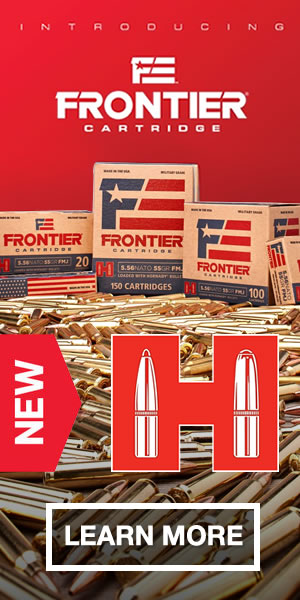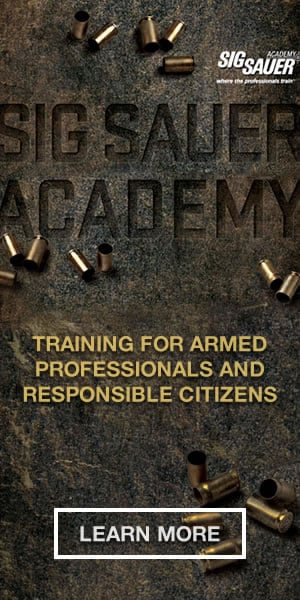With AR15's flying off the shelves to the point that they can be difficult to find (and wait until you see what happens if Hillary Clinton gets elected), I thought I would talk more in depth about a semi-automatic defensive rifle that, at least for now, is off the radar screen of the anti-gun, anti-freedom crowd, since it looks less "offensive" than an AR15 or AK47. That weapon is the M1 Carbine.
I am not talking about WWII collectible carbines that bring a huge premium on today's market. I am talking about newly manufactured replica M1's from two companies that are designed to be shot-and shot a lot. But first let me cover the M1's history a bit before I describe the new guns that are available.
The M1 Carbine was developed by Winchester just prior to WWII as a compact arm of intermediate power that would be used to arm support personnel such as engineers, artillerymen and the like who didn't need to lug a full power battle rifle around. While 1911 .45 pistols were available for these individuals, it was felt-and quite rightly so-that support personnel would be able to better defend themselves and their positions at longer ranges than they could with a .45 pistol.
The specifications of the new Carbine were that it had to be light weight (around 5.5 lbs.) and maneuverable in tight spaces. It had to be chambered for a straight walled .30 caliber cartridge that would rank in power between a handgun round and the full power .30-06 battle rifle cartridge. A fifteen round magazine was required. Winchester fulfilled these requirements very nicely with their "Light Rifle", which was adopted by the military as the M1 Carbine.
The M1 Carbine was so successful that in short order, it found its way into front line troop use. While the .30 Carbine round has been decried by some as underpowered, it was in high demand. While the .30 Carbine was never intended to replace the .30-06 battle cartridge, it filled the role it was designed for and then some. The .30 Carbine launches a 110 grain bullet at 1990 fps, which yields 967 foot pounds of energy-nearly twice the power of the .357 Magnum. Effective range with iron sights is around 200 meters. As its front line popularity increased, the M1 was modified for paratrooper use by adding a wire folding stock and renamed the M1A1. A bayonet mount was later added to the M1 and M1A1 for more effective use in hand to hand combat situations.
The M1 Carbine saw extensive use in the Pacific War campaign, where it proved to be an excellent CQB jungle fighting weapon. It also was popular in the European Theatre as well, although its effective use across wide open spaces was limited in comparison the M1 Garand. But it was great for the house to house fighting and clearing that occurred after D-Day as the allies advanced.
After the war(s) the M1 Carbine was made available to law enforcement agencies (and civilians) in the U.S. During the years I worked at Reynoldsburg PD (1984 to 1991), the Columbus Police Department SWAT team used the M1 Carbine as its entry rifle, and it served them well. We had two war surplus M1's in our armory as well. We took them out to test fire, and fell in love with them. Unfortunately, our administration would not allow them to be deployed on the street.
Fast forward to today. Two companies-Auto Ordnance-Thompson (www.auto-ordnance.com ) and Inland Manufacturing (www.inland-mfg.com )-which is located in Dayton, Ohio- both manufacture variations of the M1 Carbine, and both companies models are excellent.
Auto-Ordnance makes three variants-a standard full size fifteen round carbine, a California Compliant ten round version, and the model I own, a folding stock Paratrooper. None of the AO carbines have the sheet metal bayonet mount that was added later in WWII to both the full stock and Paratrooper models. 30 round M2 style spare magazines are available for the standard carbine and the Paratrooper models. All Carbines feature Parkerized finishes and decent walnut stocks. They are accurate and reliable. The Paratrooper version is very easy to conceal in low profile carrying cases. All three models use the early pushbutton crossbolt safety system, rather than the rotating lever system. The Standard Carbine (AOM130) has an MSRP of $856.
Inland Manufacturing in Dayton (just down the road from the site of the original General Motors Inland Manufacturing that made M1's in WWII) currently offer six variants of the M1. There is the California Compliant M1 1944, Standard M1 1945 with 15 round magazine and bayonet mount, the M1 Jungle Carbine which features a cone shaped flash hider which can be removed and replaced with a suppressor, the M1 Scout which has a black polymer stock and railed aluminum upper handguard for mounting a long eye relief scope, the M1 Advisor, which is a pistol version of the M1 that is styled after the modified pistol grip Advisor Carbines used in the early days of the Vietnam war, and an M1 Paratrooper. Like the AO Carbines, the Inland Models use the crossbolt safety system. The M1 1945 has an MSRP of $1079.
I just got done testing an Inland M1 1945 and can tell you that the Inland models look the most like the original M1 due to the way their walnut stock is finished. The M1 1945 looks like it should be in the hands of a Marine ready to step out of his landing craft at Iwo Jima. While the AO and Inland Carbines function with total reliability and are great shooters, the Inland is the better of the two in terms of appearance.
The M1 Carbine is a great alternative for folks who want a defensive long gun that is fun to shoot and easy to operate. The traditional full stock M1's, unlike an AR15, can easily be handled and fired with only one hand, which can be handy when maneuvering in tight quarters. While the AR doesn't generate much in terms of recoil, it is louder and heavier than an M1 Carbine. .30 Carbine Ammo is potent enough for defensive use, with soft point and hollow point bullets available from several makers. If you are looking at the carbine as a survival weapon as I do, you may want to stock up on ball ammo. It is less expensive than soft point or jacketed hollow point loads. Three wars have proven that if you don't over extend the M1 Carbines range, it will get the job done. And that is a testimonial that is hard to dispute.


